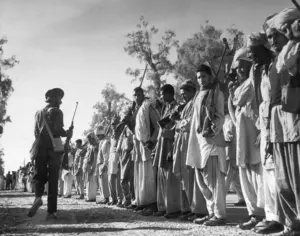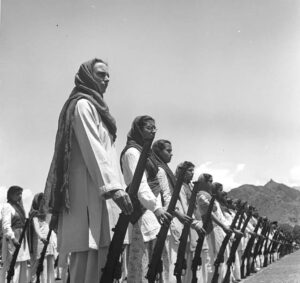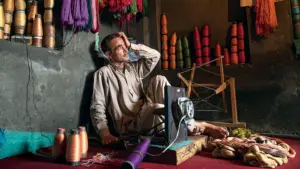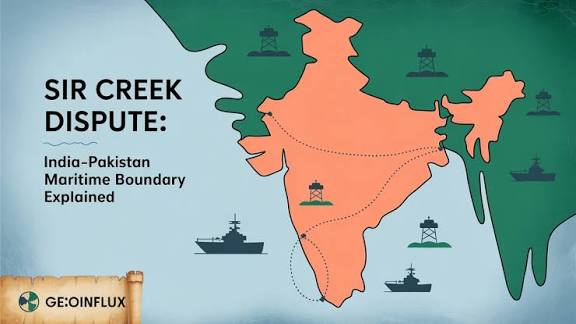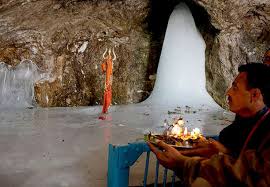BY: Irshad Ahmad Bhat
Research scholar
“What sculpture is to a block of marble, education is to the human soul.”
—Joseph Addison
In moments of great civilizational shifts, societies are not remembered for their military prowess or economic might alone, but for how they shaped the minds of their young. India today stands at such a crossroads—between memory and modernity, legacy and leap. The National Education Policy (NEP) is not just a bureaucratic blueprint but a philosophical undertaking, a deep national introspection on what it means to teach, to learn, and to cultivate the moral imagination of a people.
Alvin Toffler’s prescient words—“The illiterate of the 21st century will not be those who cannot read and write, but those who cannot learn, unlearn, and relearn”—strike at the heart of what modern education must achieve: the capacity to adapt, to question, to reflect, and to transform.
The NEP is envisioned not as a patchwork reform, but as a transformative framework—rooted in India’s cultural and intellectual heritage, yet attuned to the imperatives of a rapidly changing world. It embraces inclusivity, critical thinking, ethical learning, and creativity—not merely as add-ons, but as the very foundation of pedagogy. It recognizes that the purpose of education is not limited to employability; it is about building an inner architecture of dignity, discipline, and discernment.
As John Dewey wrote, “If we teach today’s students as we taught yesterday, we rob them of tomorrow.” This caution resonates powerfully in regions, where the challenges to education are not merely infrastructural but existential—where the burden of geography, conflict, and neglect often weigh heavier than textbooks.
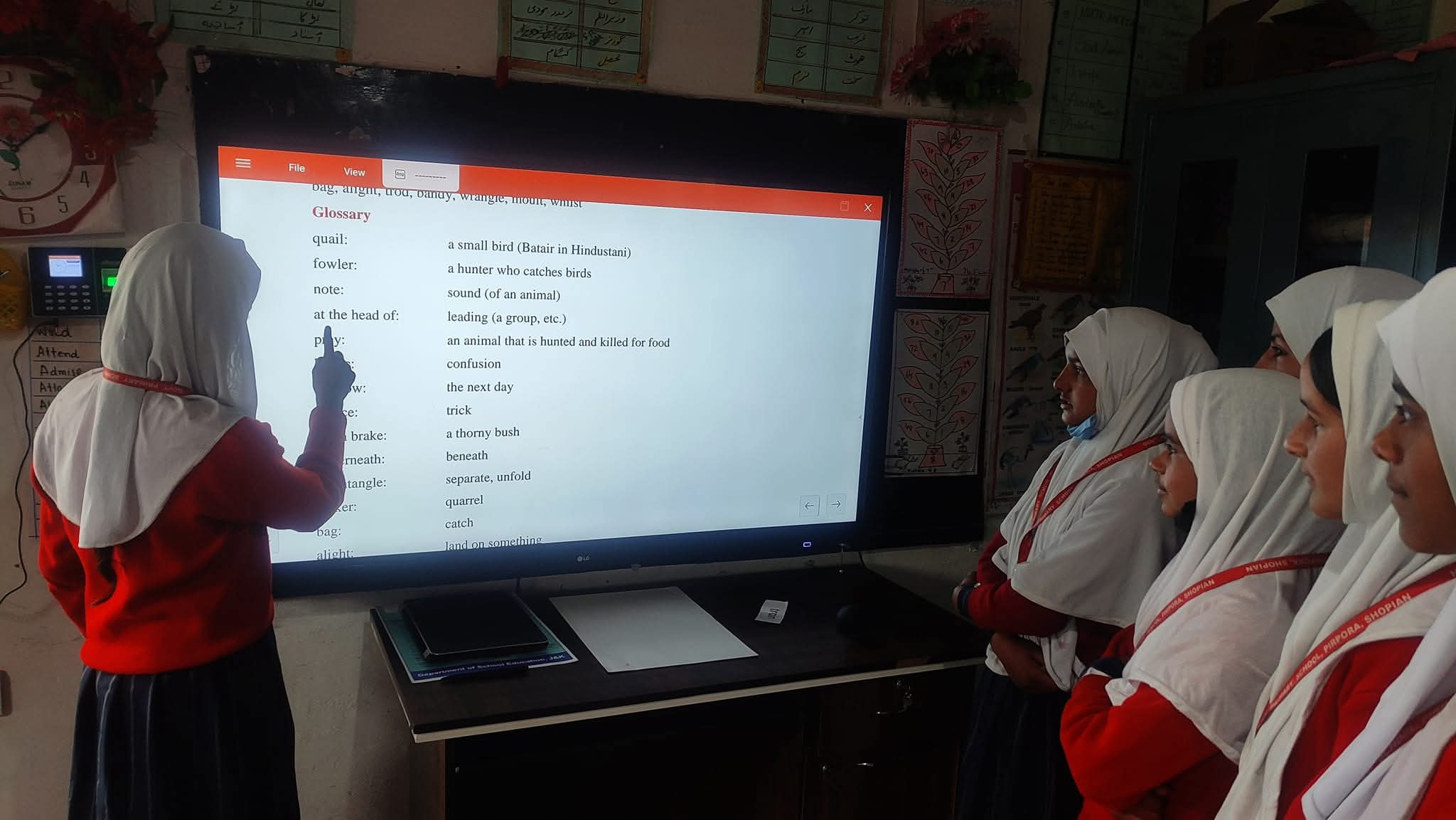
Shopian, blessed with the natural grace of Peer Ki Gali, the historic Mughal Road, and the fragrance of apple orchards, is a place that speaks in metaphors. Here, beauty coexists with burden. And it is here, in these layered landscapes, that the future of education must be reimagined.
Government schools are often spoken of with apathy—seen as relics of a bygone system. But this perception must be confronted. These institutions are not liabilities; they are democratic sanctuaries. They are not second-rate alternatives to private schools; they are first-line expressions of the Republic’s promise. They house the dreams of those who otherwise remain unseen and unheard.
In a time when private institutions have colonized even the most remote valleys, we must ask ourselves: where do our government schools stand, and who will speak for them? The answer lies in us—the teachers, the community, the human resource. We are not mere transmitters of information. We are custodians of conscience, entrusted with shaping not only minds but characters. We are not just employees of a department—we are the soil from which the Republic grows.
“Be like the candle that burns itself, yet gives light to others.”
—Rumi
At our Primary School in Peerpora, headmaster Nazir ahmad and his team sought to embody the NEP’s vision not through slogans, but through silent action. Together with the local Auqaf body, the youth, and the education committee, we converted what was once a semi-waste dumping site into a lush school park. Today, that space blooms with flowers, vegetables, and purpose. It is more than beautification—it is a pedagogical transformation. It teaches our children the value of care, effort, and collective will. Environmental education is not a separate subject in our school—it is a way of life. From planting saplings to maintaining heritage gardens, students learn that caring for the earth is also a form of self-respect. These lessons in sustainability are silent prayers—acts of gratitude toward the soil beneath our feet.
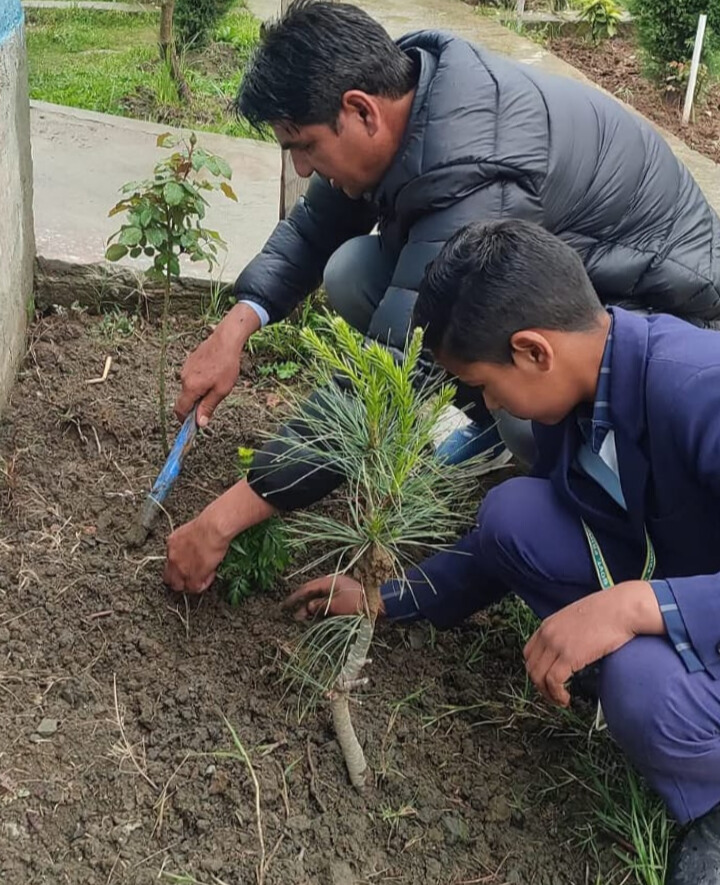
Equally important is our emphasis on sports and extracurricular life. In a time when exams and scores dictate a child’s worth, we insist on reminding our students—and ourselves—that creativity, teamwork, courage, and empathy are just as vital. These qualities are not peripheral. They are the essence of character, cultivated in fields and art rooms just as much as in classrooms.
“Not everything that counts can be counted, and not everything that can be counted counts.”
—Albert Einstein
Despite limited financial allocations, government initiatives have begun equipping schools like ours with smart boards, renovated infrastructure, and digital classrooms. But technology alone does not change destinies. What matters is how we use it to bridge—not widen—the divides of location, language, and learning. The NEP rightly recognizes that digital integration must serve equity, not exclusivity.
School led by Nazir Ahmad Bhat initiated village-level enrolment campaigns, gone door-to-door to speak with parents, and invited community members to become active stakeholders in education. The results have been tangible—increased enrolment, stronger attendance, and a palpable shift in public perception. When a community sees itself reflected in a school’s success, education. Ceases to be a service—it becomes a shared legacy.
But implementation is only half the battle. The soul of the NEP lies in the attitude of the teacher, in the intention of the community, in the vision of the village. Without us, it remains ink on paper. With us, it becomes a living, breathing movement—deep, democratic, and dignified.
“He who opens a school door, closes a prison.”
—Victor Hugo
In this spirit, we must revisit what it means to educate. Is it to prepare children for jobs? Or is it to equip them with the moral and emotional tools to navigate a world riddled with inequality and injustice? The NEP, in its most powerful moments, leans toward the latter. It speaks of education not just in terms of outcomes, but of values, meaning, and wholeness.
Education must not teach children what to think, but how to think—how to question, how to listen, how to imagine. And even more so, it must teach them how to care. Without care, there is no community. Without community, there is no civilization. In the quiet corners of Peerpora, amidst the rustle of chinars and the murmur of springs, we are building not just a school—but a possibility. A possibility that every child, no matter how remote their village or modest their background, deserves the best that a society can offer.
The New Education Policy gives us the language, the framework, and the vision. But it is we—teachers, parents, citizens—who must breathe life into it. It will not be the grandeur of Parliament, but the conviction of a committed schoolteacher, that will determine its success.
Let us not wait for the ideal moment. The child is already in the classroom. The blackboard is already hung. The questions are already being asked.
We must answer.

